Fall planting of Green beans HELP
krussow
12 years ago
Related Stories
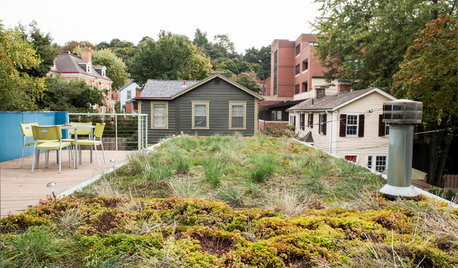
GREEN BUILDING4 Ways Green Roofs Help Manage Stormwater
See how a living roof of any size can have a big impact
Full Story
LANDSCAPE DESIGNNative Plants Help You Find Your Garden Style
Imagine the garden of your dreams designed with plants indigenous to your region
Full Story
SUMMER FRUITS AND VEGETABLESSummer Crops: How to Grow Beans
Grow your own beans for amazing variety and healthy, convenient produce all summer
Full Story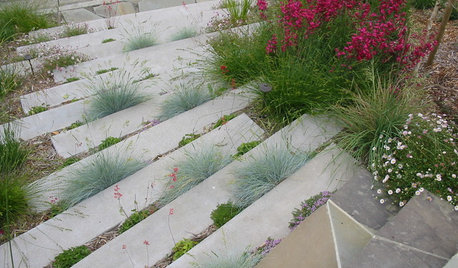
PLANTING IDEASPlant Your Hardscape for Unexpected Green
Nestle greenery among pavers, steps and more for a yard brimming with life and creativity
Full Story
FALL GARDENINGMake This Fall’s Garden the Best Ever
Learn the most important tip for preventing buyer’s remorse, plus get more valuable buying and planting advice
Full Story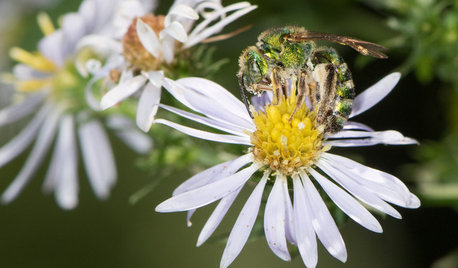
GARDENING GUIDESLook for Metallic Green Sweat Bees Visiting Your Garden This Fall
These beautiful sweat bees will dazzle and delight you with their bright emerald green color and midsummer and fall flower visiting
Full Story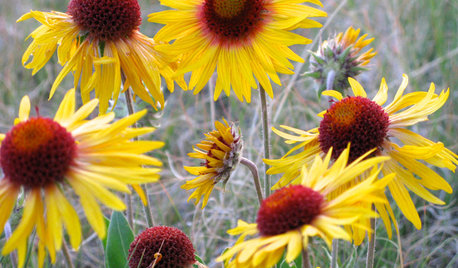
FLOWERS AND PLANTSBlanketflower’s Yellow Blooms Brighten Up Summer and Fall Gardens
Gaillardia aristata welcomes wildlife, shrugs off drought and poor soils, and can help restore grasslands
Full Story
SPRING GARDENINGInspiring Raised Beds for Fall and Spring Planting
Make Your Next Vegetable Garden Even Better with Beautiful Boxes and Paths
Full Story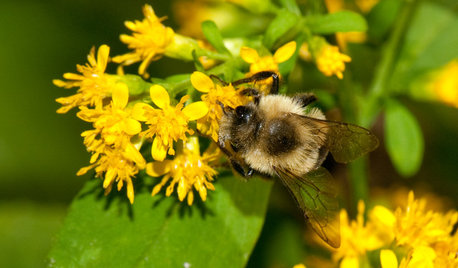
GARDENING GUIDESGreat Design Plant: Solidago Flexicaulis Colors the Fall Shade Garden
Plant zigzag goldenrod in eastern U.S. gardens for its bright yellow flowers and tolerance of a broad range of conditions
Full Story
GARDENING GUIDES6 Unsung Bulbs for Fall Planting
Don't hang up your spade after summer — plant these unusual bulbs in fall for a spectacular spring show
Full StorySponsored
Columbus Design-Build, Kitchen & Bath Remodeling, Historic Renovations



PunkinHeadJones
Okiedawn OK Zone 7
Related Discussions
Green Bush Beans in Fall Garden
Q
Fall planted Green Beans
Q
Fall Green Beans
Q
Help identifying this "wild" green bean plant!
Q
tracydr
Okiedawn OK Zone 7
tracydr
redding
tracydr
Okiedawn OK Zone 7
tmlgn
soonergrandmom
krussowOriginal Author